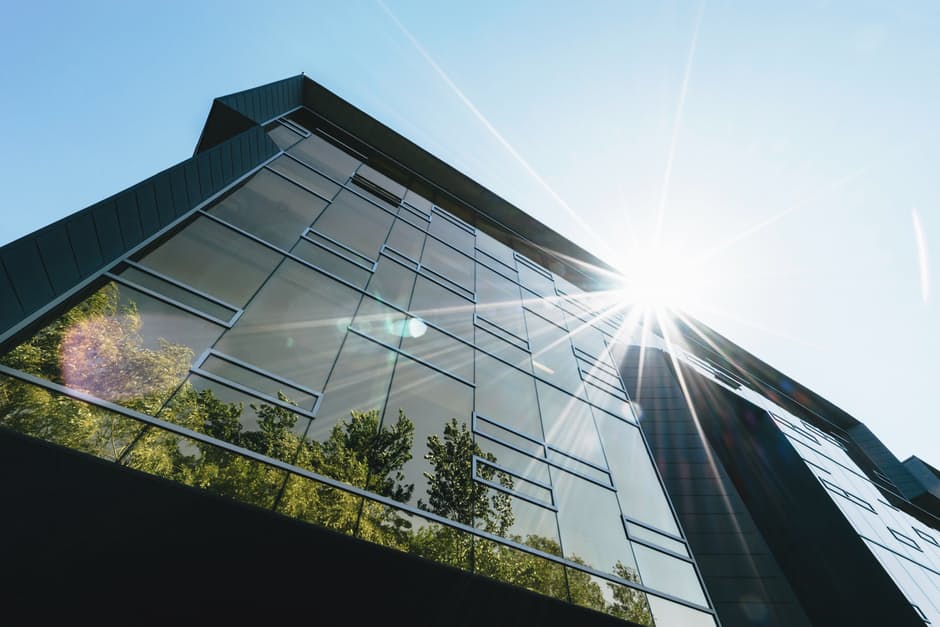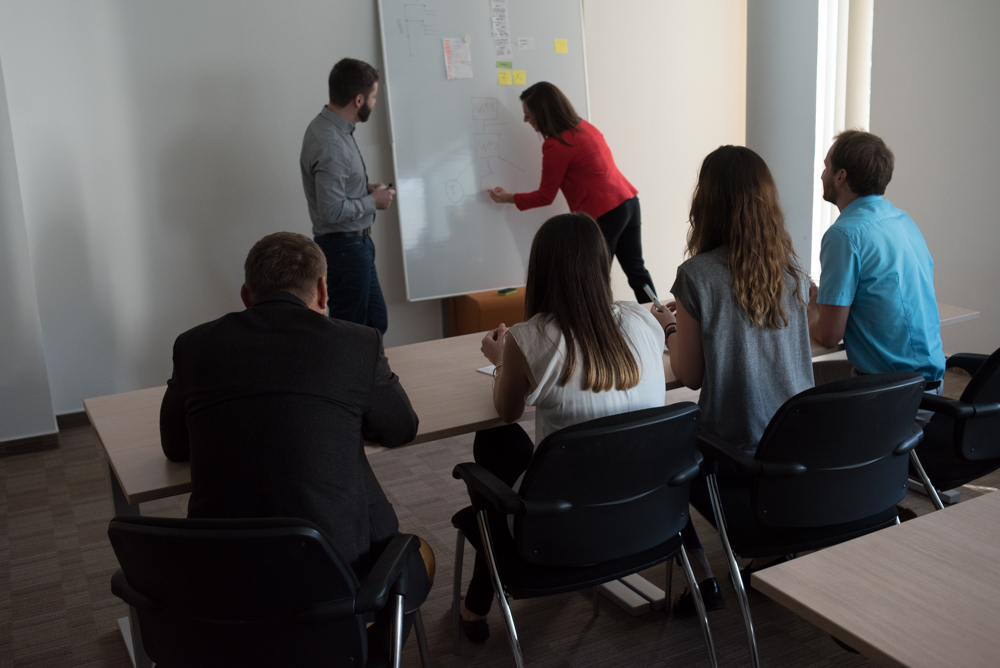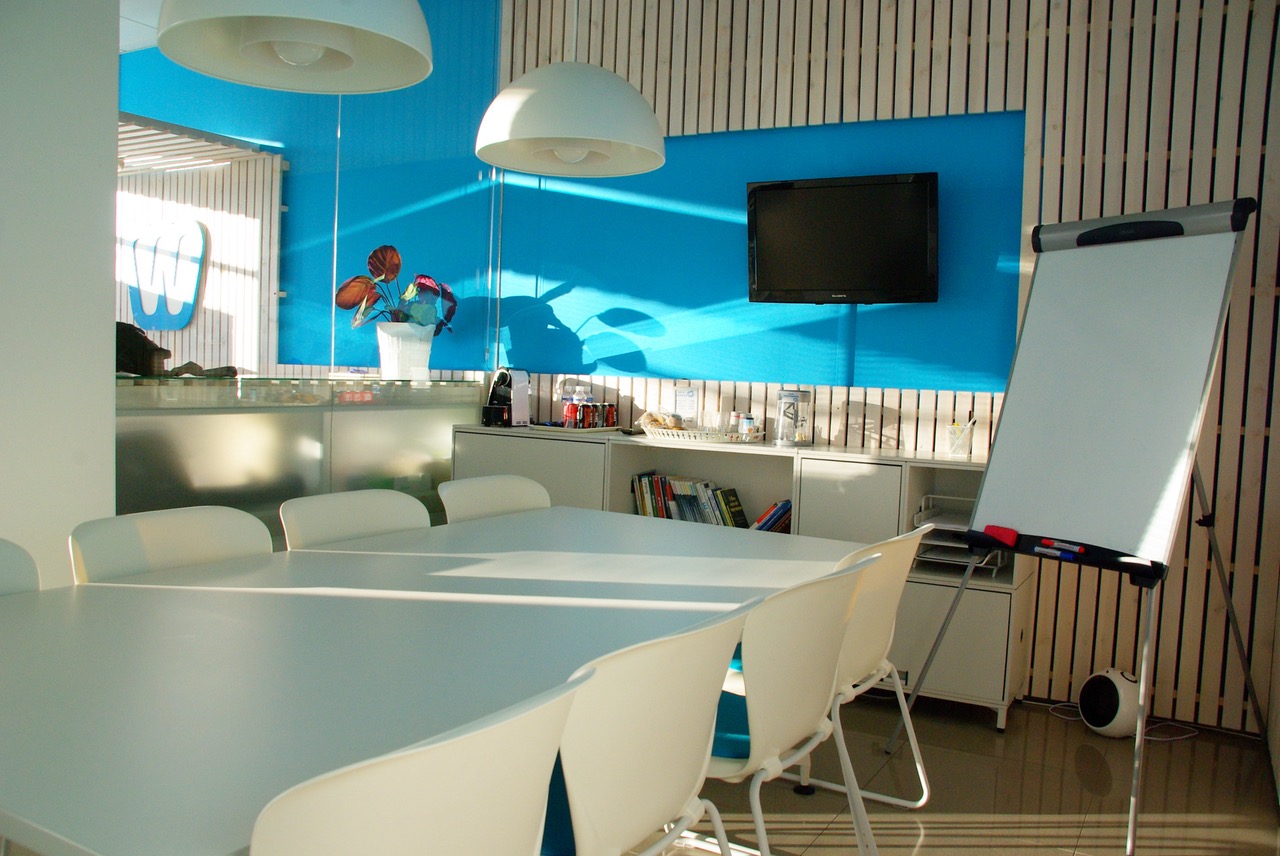The cost of resources, energy, transport and waste disposal are all increasing, and this can have a significant impact on profitability. Reducing your costs and improving efficiencies will have a positive impact on the bottom line and reduce risks to your business, customers and supply chain. With energy prices for SMEs users predicted to rise by almost 30% in the next 5 years, installing energy efficiency measures now could help reduce the energy bill of your SME or startup by 10-25%.
Introduction
SMEs and startups should plan growth carefully to keep energy consumption and bills low. Saving energy requires a structured approach to activities in your offices, but also to your procurement and supply chain in order to maximise all benefits. Creating a Buy Smart procurement strategy could help you be more efficient and improve your reputation, as well as becoming more competitive and profitable, so it’s a win-win situation!
Recommendations
Here are our top five no and low cost recommendations to for greening your procurement strategy:
- Involve your suppliers: Show your commitment to energy saving by writing a supplier Buy Smart Strategy that establishes guidelines for new projects and refurbishments.
- Procure for your needs: Consider careful replacement and buy only according to your needs.
- Check labelling schemes: There are many lists and product labels that make it easy for you to identify top performing equipment.
- Look for financial support: Financial support may be available in your country to help you to upgrade energy efficient equipment in your office.
- Act on energy procurement: Look for the cheapest and greenest energy supplier and investigate your options to switch.
You can find out more information on how to implement these measures below.
Additional Information
Implementing a Buy Smart procurement strategy can ensure you get best value from your investments.
Involve your suppliers

Many companies now look at their whole product supply chain to consider all the opportunities to move towards greening their entire businesses. Develop a better partnership with your suppliers by showing your commitment to energy saving strategies. You may even be able to help them identify areas where they could eliminate inefficiencies and maintain their own environmental standards.
You may choose to use a simple sustainability questionnaire to check that a supplier meets good environmental standards. Consider sharing your procurement policy to demonstrate the sustainability requirements you desire from suppliers. Also see if they have their own sustainability policies. A sample procurement policy is available for you to download and use here.
When procuring standard office materials, look for sustainable suppliers of stationary & cleaning equipment, for example, who rather use recycled paper and eco cleaning products.
Procure for your needs
First, plan a strategy for when your equipment needs to be replaced. It may be more energy efficient to upgrade multiple pieces of equipment at once, or it may be more effective to wait until individual items reach end of life.
Look for office equipment recycling schemes, which can save both money and resources. For example, consider procuring used chairs and desks, especially in smaller offices where you will not be buying in bulk. Prioritise operating costs where possible – an energy saving product uses less energy, and therefore has less of an environmental impact, as well as being cheaper to run. Where cost allows, purchase premium energy efficient equipment. Spending a few more pounds now may save you more money in the longer term. Ensure decision makers who sign off equipment purchases follow the procurement policy.
Check labelling schemes
When purchasing new equipment for the office, always look for products with an A-rated EU energy efficiency label or other eco-labelling schemes. There are four main energy labelling schemes for office equipment and electrical appliances:
 |
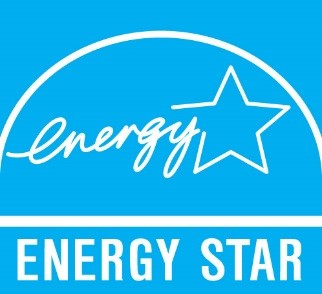 |
 |
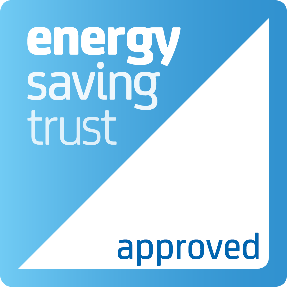 |
| Look for the EU Energy label rating when buying office equipment | Look for the Energy Star label when buying computers, printers and other office equipment | Look for the European Ecolabel Scheme to find products that achieve very high energy efficiency targets | Look for Energy Savings Recommended on energy efficiency equipment |
Compare energy-saving and energy-efficient products on the Energy Technology List (ETL). The ETL database lists over 17,000 energy efficient products from nearly 60 technologies including boilers, electric motors, lighting, refrigeration systems, air conditioning systems, and automatic monitoring and targeting equipment. View the ETL here:
https://etl.decc.gov.uk/engetl/fox/live/ETL_PUBLIC_PRODUCT_SEARCH
You can also use the ENERGY STAR Office Equipment Savings Calculator to estimate your energy consumption and operating costs of office equipment and your savings potential for equipment such as laptops, desktops or printers. View the ENERGY STAR Office Equipment Savings Calculator here:
https://view.officeapps.live.com/op/view.aspx?src=https://www.energystar.gov/sites/default/files/asset/document/Office Equipment Calculator.xlsx
Look for financial support
Funding may be available to help businesses upgrade their energy efficient equipment.
The Enhanced Capital Allowance (ECA) Scheme for energy saving technologies encourages businesses to invest in technologies specified on the Energy Technology List (ETL). This scheme allows businesses to write off the entire cost of an equipment they would want to purchase against taxable profits in the year in which they made the purchase.
The Green Business Fund provides funding for improved sustainability and energy efficiency in England, Scotland and Wales. A capital contribution of 30% of the project cost (up to a maximum of £10,000) is available to SMEs who could benefit from financial support when buying energy saving equipment.
Your business could also qualify for grant and loan schemes when buying energy-saving equipment such as interest-free energy efficiency loans from national authorities, the EU Commission or other organisations such as the Carbon Trust. Check eligibility criteria and investment amounts carefully as they vary from scheme to scheme.
See the Fund your project page for more information on these financing options:
startup green finance / SME green finance
Act on energy procurement
It is important that you understand your energy consumption by reviewing energy invoices over the previous year, to help you to build a picture of your monthly performance. Once you’re aware of your energy use, look out for greener energy suppliers by using the internet or calling their telephone services. Carefully compare the tariffs between the major suppliers but also the smaller ones as they may offer a better deal. Switching to green enrgy plans is unlikely to be cheaper – but with a growing number of suppliers offering a green energy alternative, the options are increasing.
Ask about any switching guarantee, their energy source and if they apply green tariffs contributing to environmental schemes. Take a meter reading on the day of the transfer to give to your new supplier – this will avoid any supplementary charge for energy used before the switch. It will take 2 to 3 weeks for the change to be effective. You can ask your energy supplier to install an energy meter to keep track of your energy consumption and compare your bills.


